In the Grodno region of Belarus, in a small town with an unusual name Mir, there is a rather ancient Mir Castle. It is believed that it was erected in the first half of the 16th century.
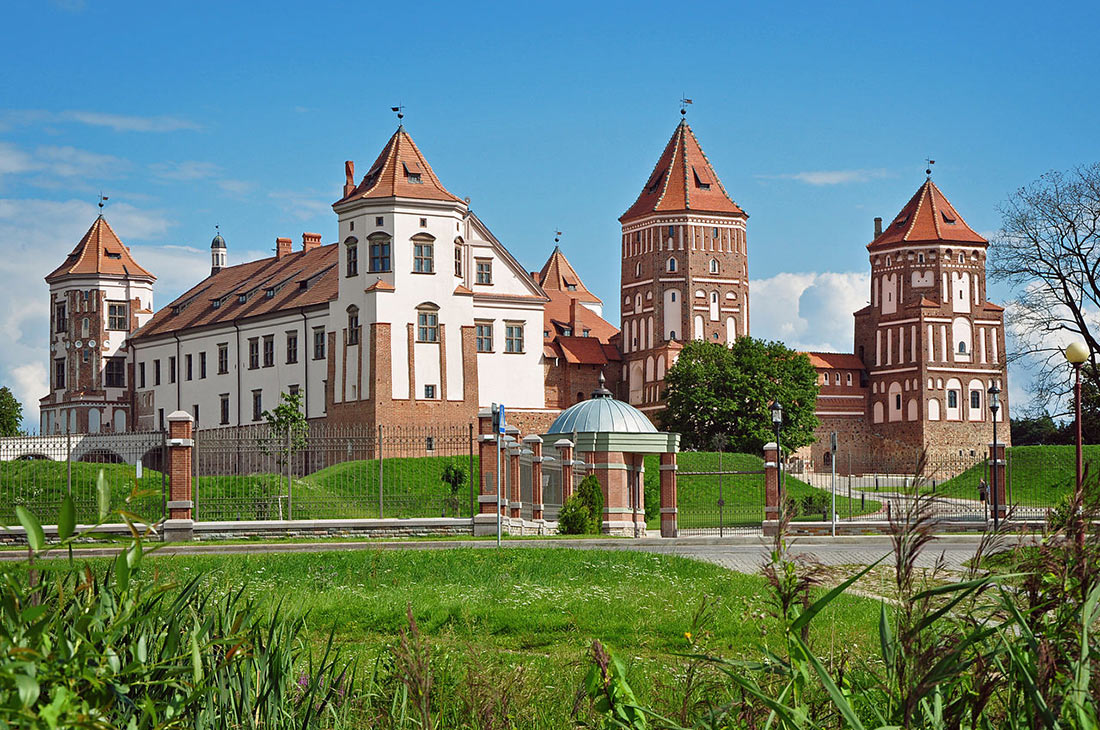
Photo: By Вадзім Новикаў, from Wikimedia Commons (CC BY-SA 3.0)
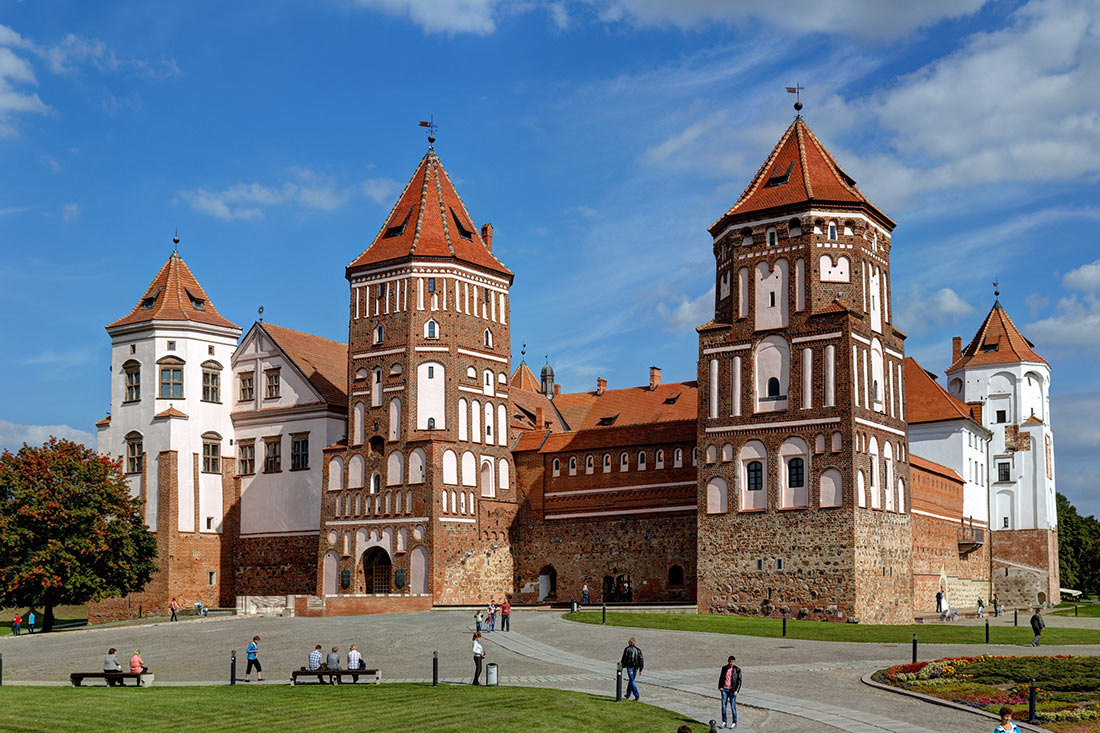
Photo: By Alexxx1979, from Wikimedia Commons (CC BY-SA 4.0)
The castle is square in shape, with a five-story tower (25-27 meters high) in each corner. Another tower (a six-story one) features entrance gates with a falling metal lattice. Once there was a prison in the basement of this tower, and on the second floor there was a chapel.
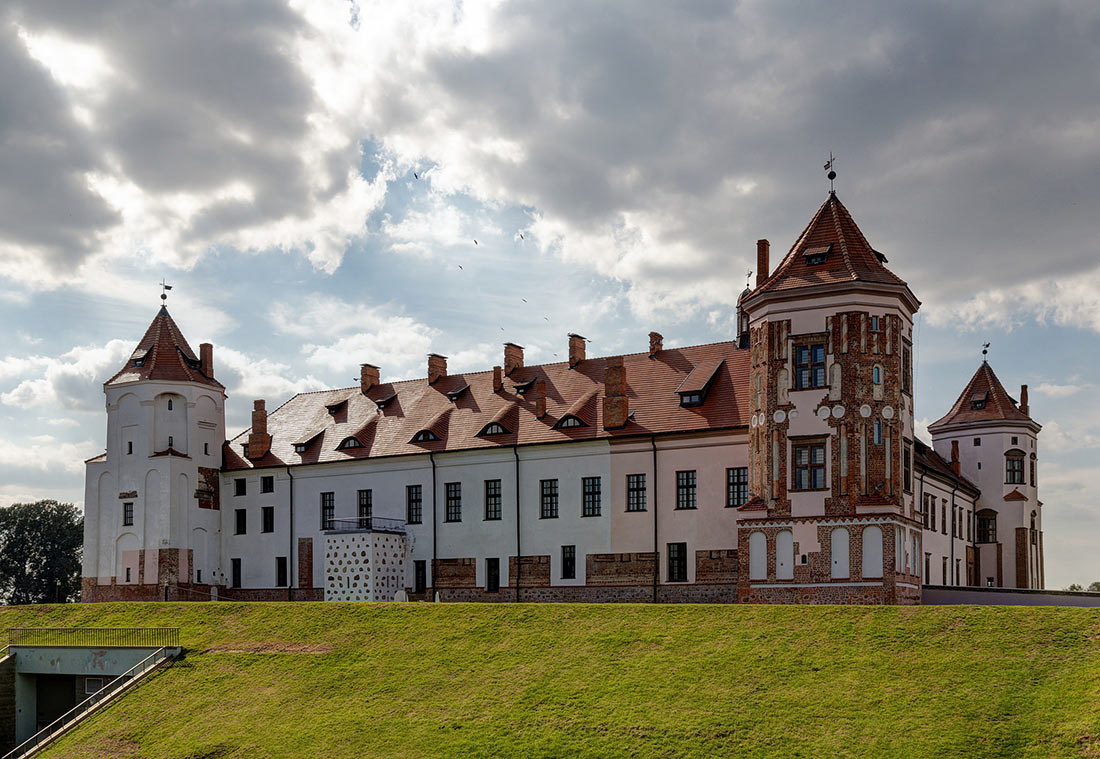
Photo: Alexxx Malev/flickr (CC BY-SA 2.0)
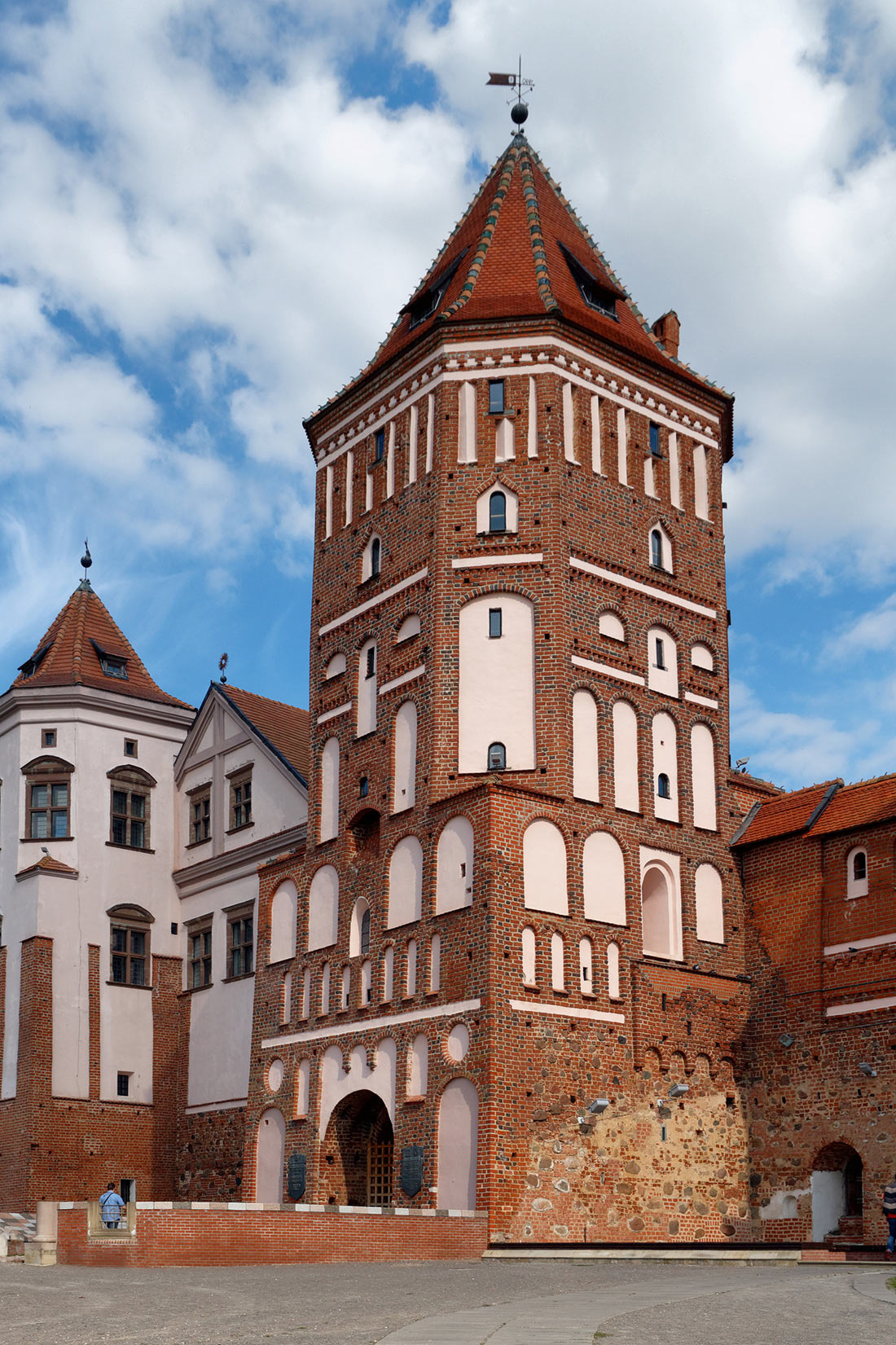
Photo: By Alexxx1979, from Wikimedia Commons (CC BY-SA 4.0)
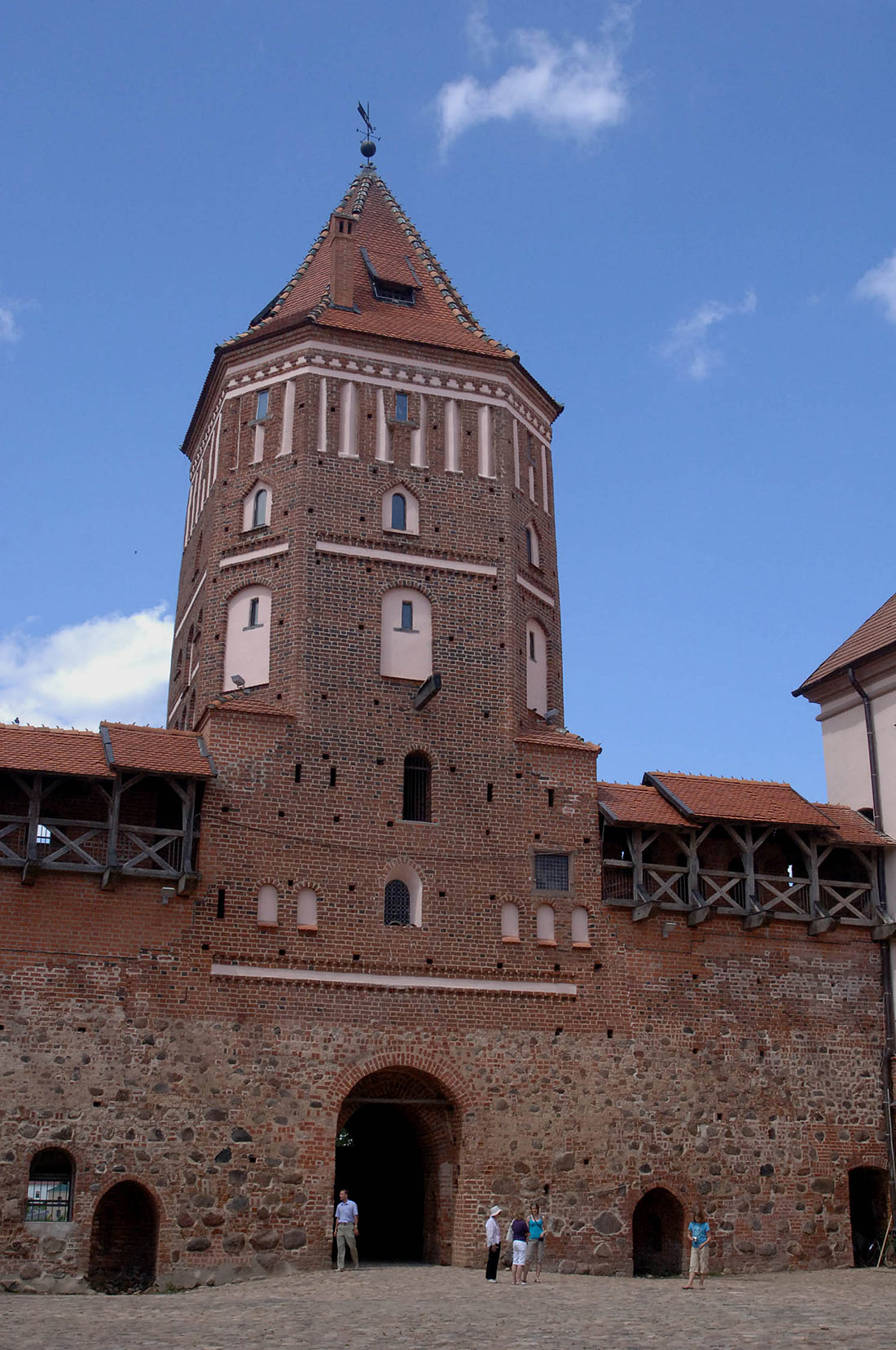
Photo: By JERRYE AND ROY KLOTZ MD, from Wikimedia Commons (CC BY-SA 3.0)
The walls of the castle are incredibly durable. Their thickness at the base is 3 meters, and at the top is “just” 2 meters. They are laid out with a three-layer mixed brick and stone masonry.
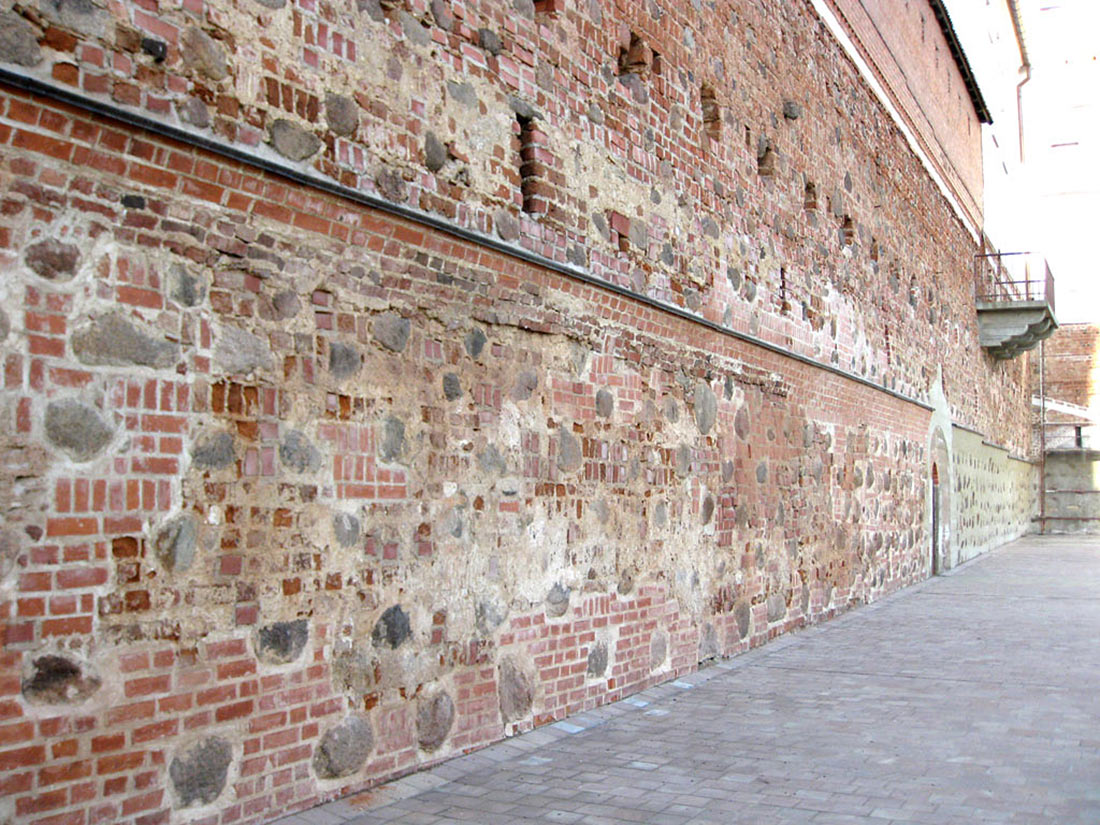
Photo: Илья Еременко (ILVER) at Russian Wikipedia, from Wikimedia Commons (CC BY-SA 3.0)
Until 1568 Illinič family owned the castle. But they didn’t manage to finish the construction because their generation has interrupted.
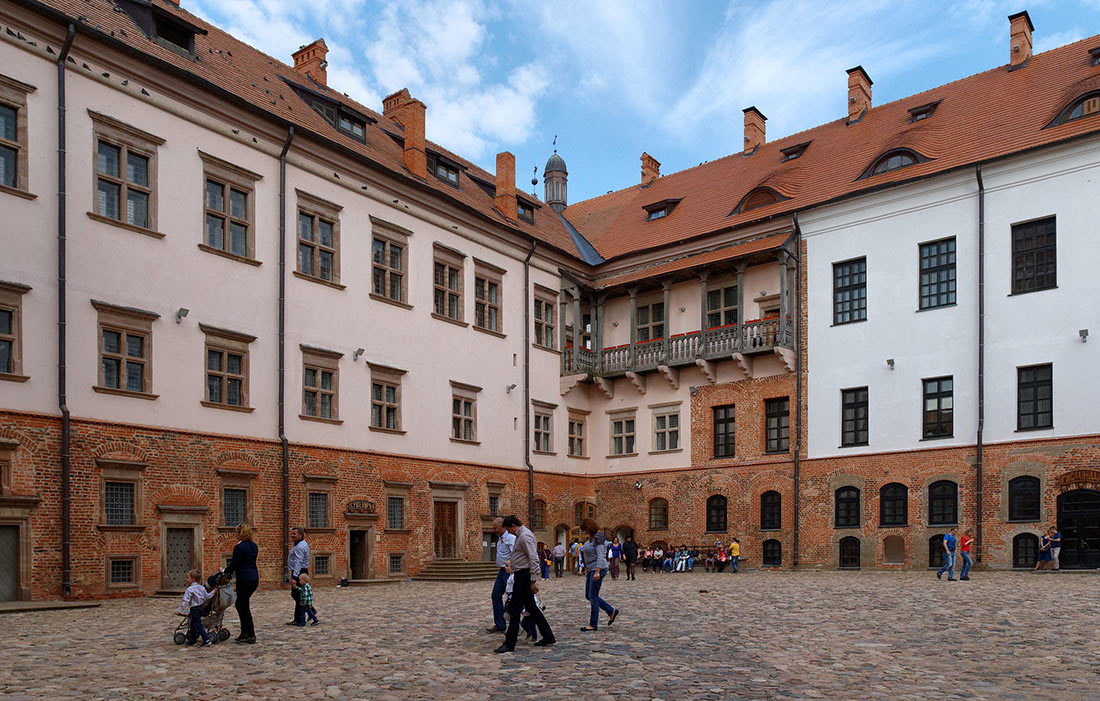
Photo: Alexxx Malev/flickr (CC BY-SA 2.0)
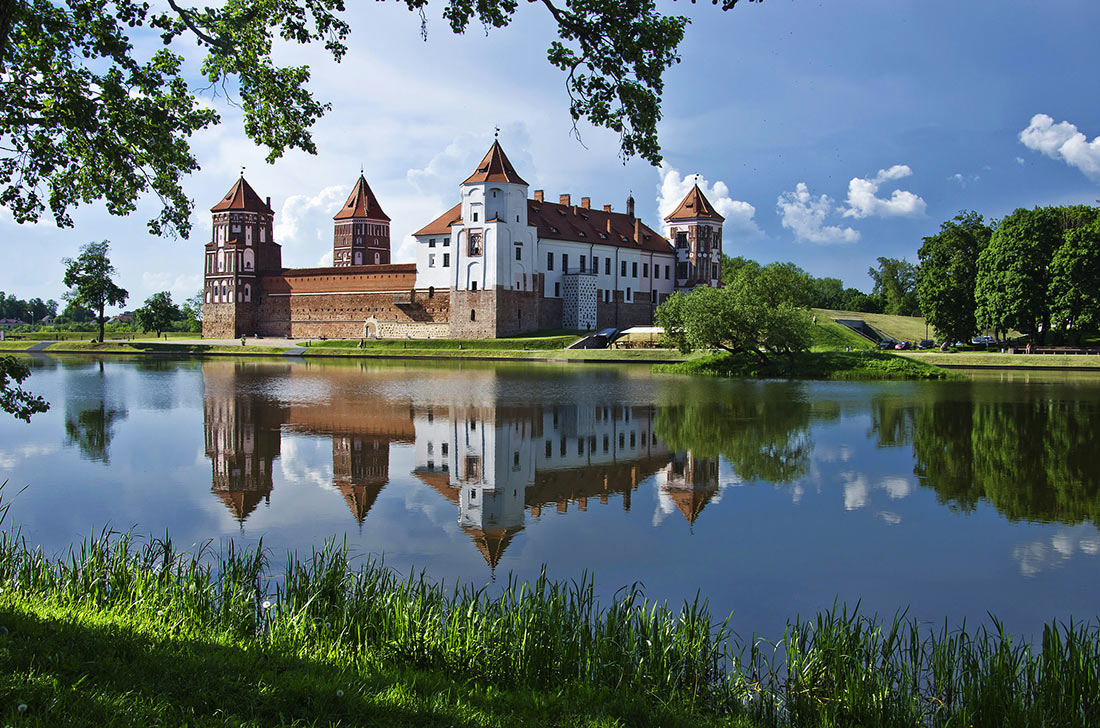
Photo: Adam Clark/flickr (CC BY-SA 2.0)
Influential Radziwill family became the new owner of the castle. Besides, they owned Nesvizh castle which is 30 km far from Mir. Radziwills drastically changed the appearance of the Mir Castle. A three-story residential building was erected, the towers were re-planned. Around the castle were created earth fortifications with small bastions in the corners. The ditch filled with water was excavated behind the ramparts. A bridge to reach into the castle was tossed over the ditch. An Italian garden, connected with the Count’s chambers by a staircase and a stone bridge, appeared as well.
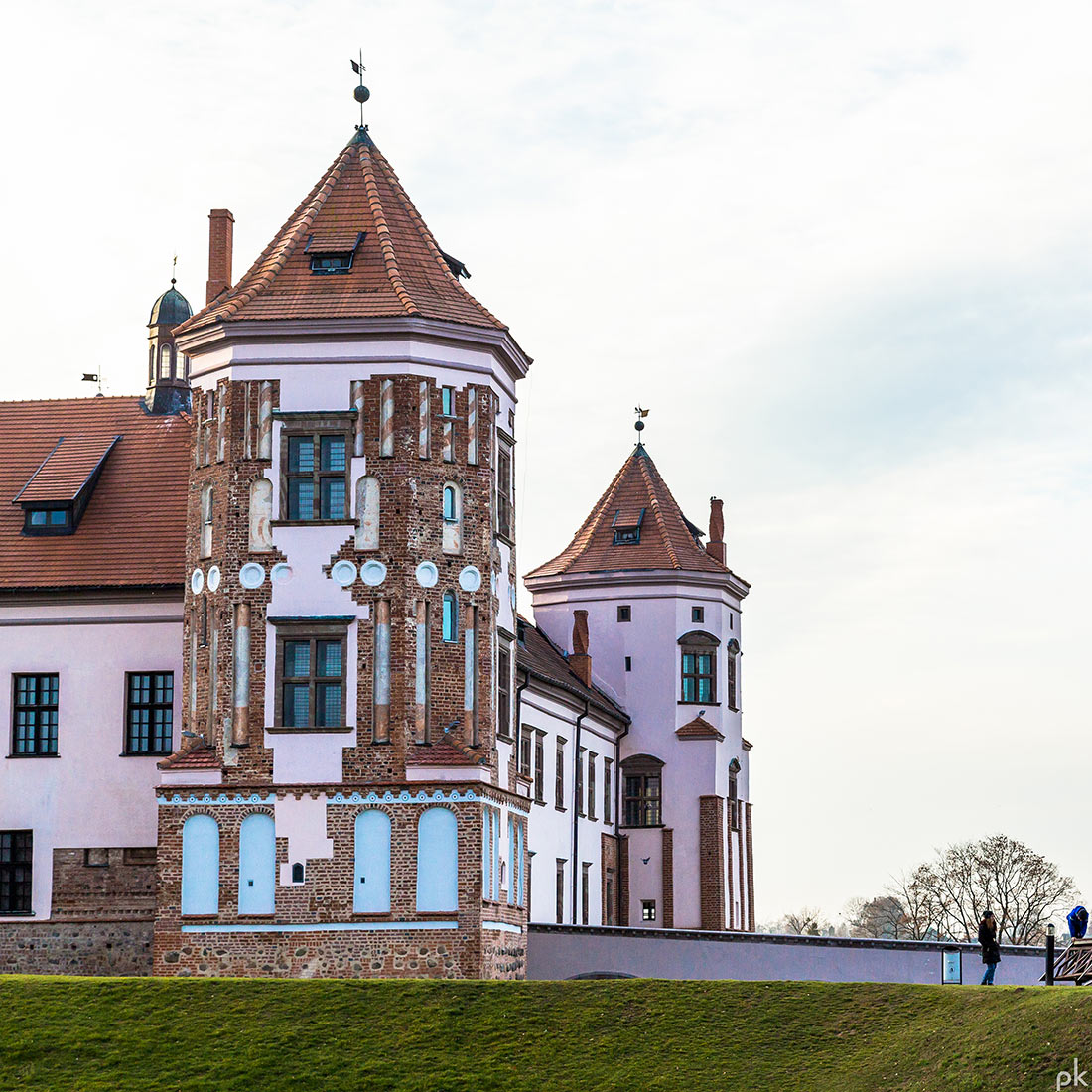
Photo: Pavel Kuritsyn, via Wikimedia Commons (CC BY 3.0)
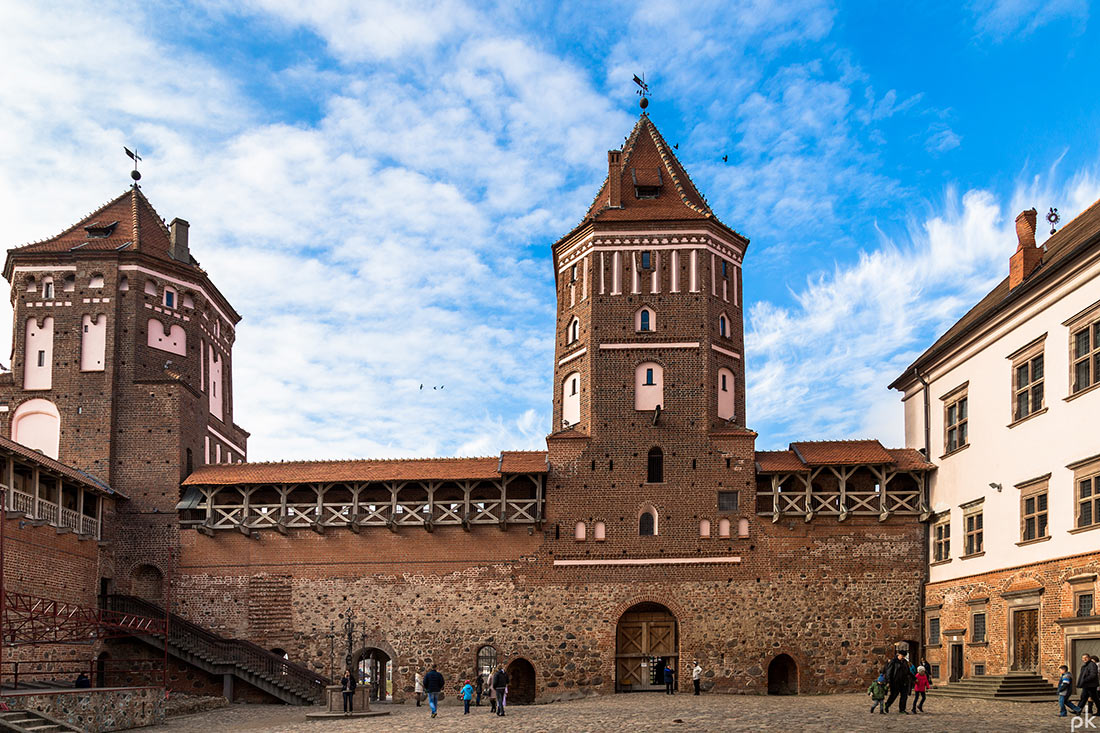
Photo: Pavel Kuritsyn, via Wikimedia Commons (CC BY 3.0)
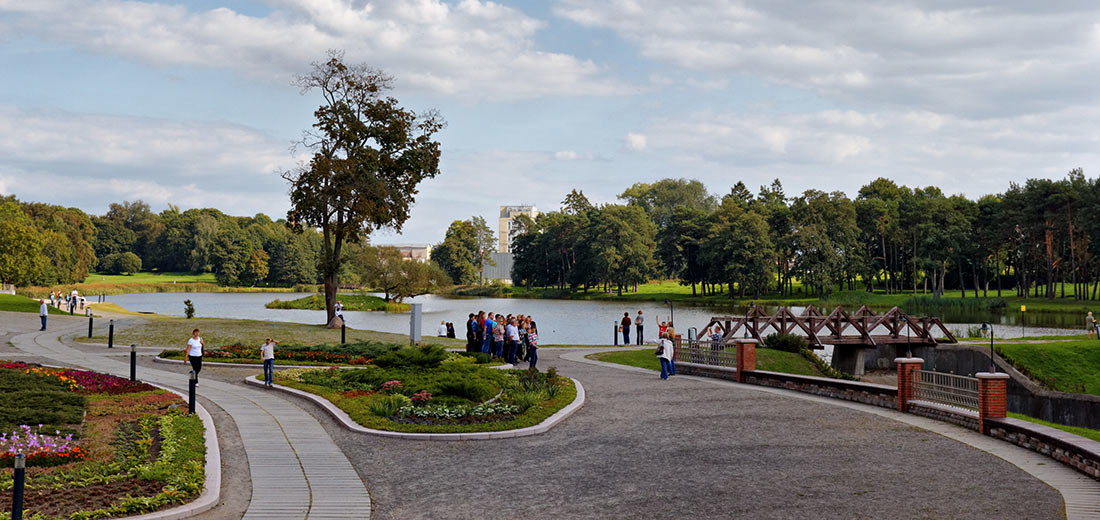
Photo: By Alexxx1979, from Wikimedia Commons (CC BY-SA 4.0)
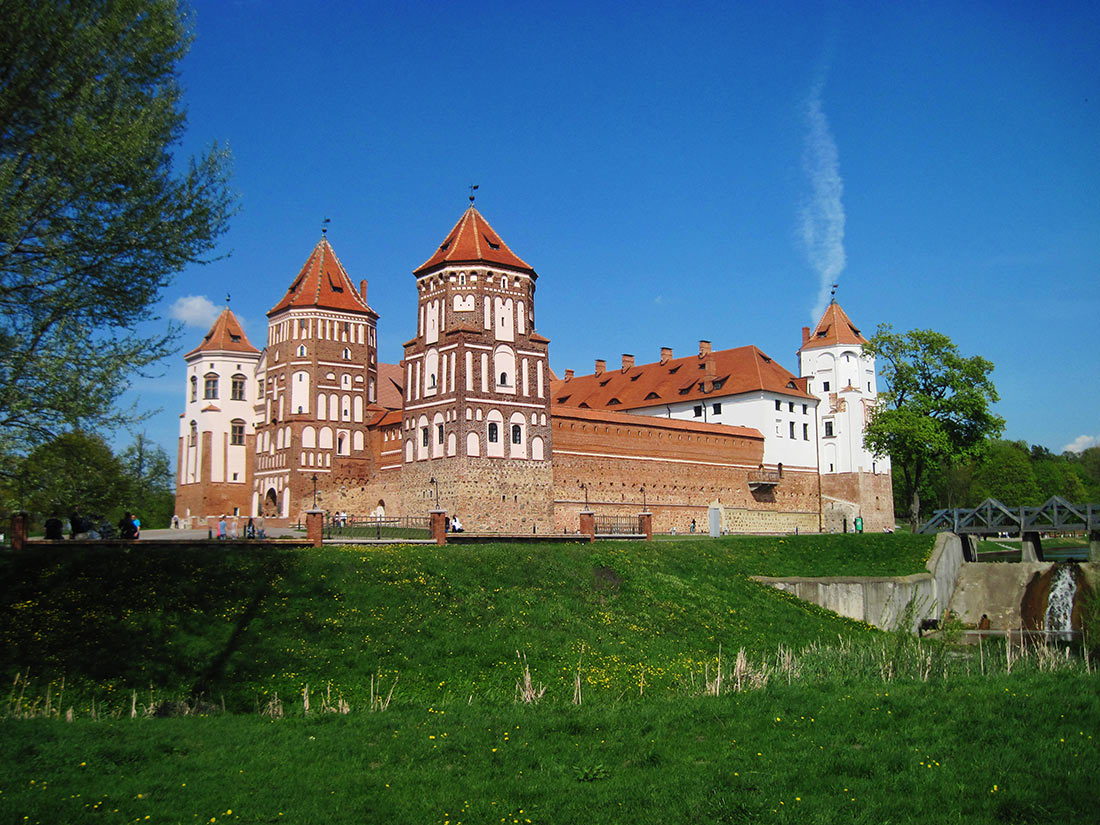
Photo: By Улзельнік Павел Петро, from Wikimedia Commons (CC0)
In 1655 the castle was stormed by Cossacks under the leadership of Hetman Ivan Zolotarenko. Then the war with Russia and the Northern War followed. The castle was destroyed and came to desolation. It was restored only in the 30s of the 18th century. In 1785, the Mir Castle (at the invitation of the Radziwills) was visited by King Stanislaw August, who was struck by the magnificence of the interior.
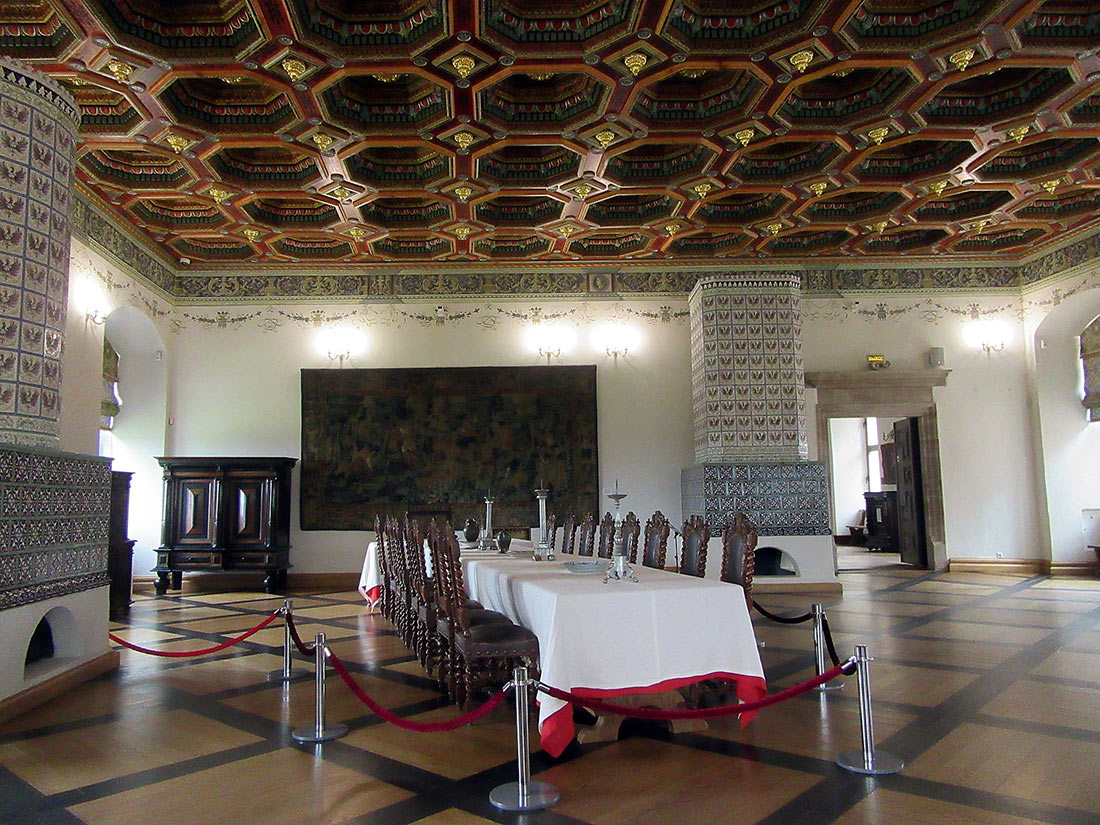
Photo: amanderson2/flickr (Public domain)
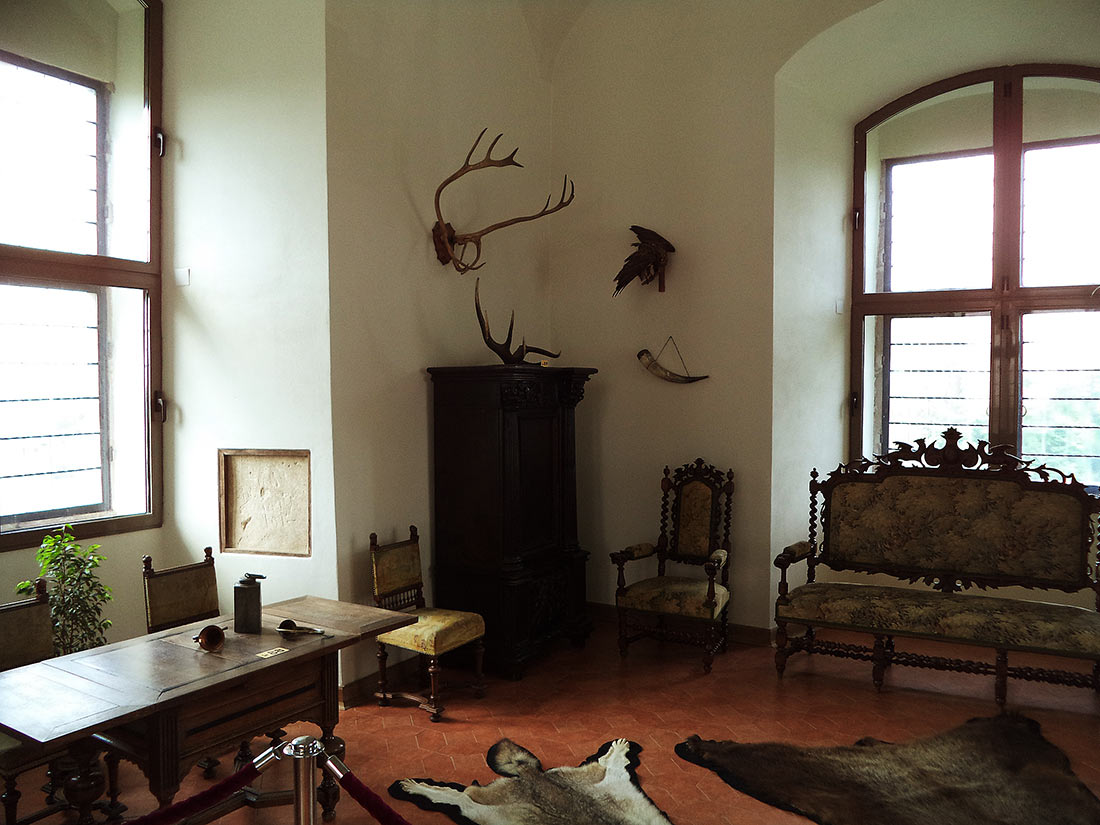
Photo: Daniel Ebbert/flickr (CC BY-SA 2.0)

Photo: disp_dme (CC BY-SA 2.0),
disp_dme (CC BY-SA 2.0)
In 1891 the castle changed its owner again. The new one was Prince Nikolai Svyatopolk-Mirski. Soon a thorough reconstruction of the ancient structure started. The garden was completely cut down, and a pond was dug out in its place. A palace was also erected not far from the castle. Between the castle and the palace a family burial vault was built.
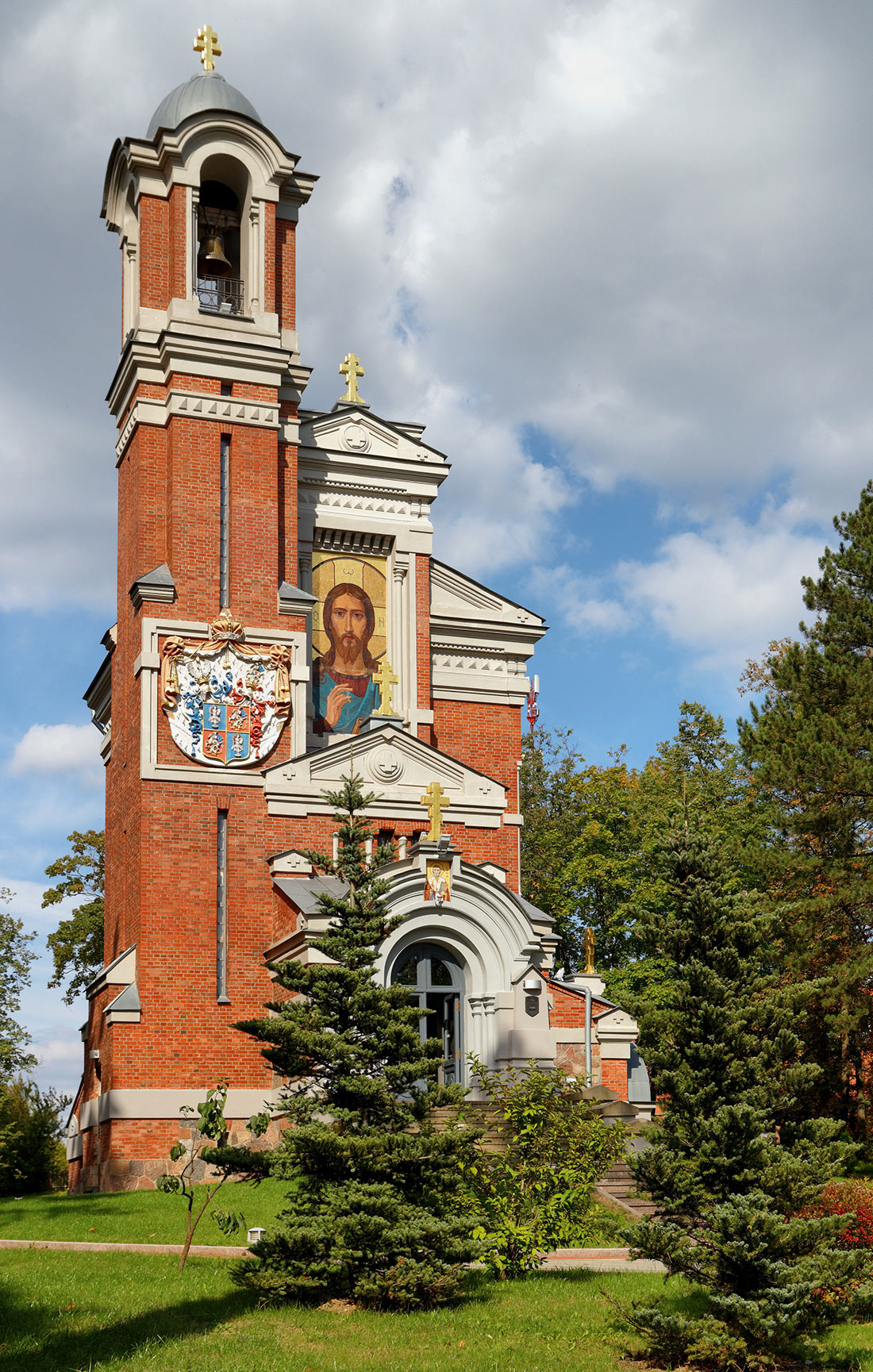
Photo: By Alexxx1979, from Wikimedia Commons (CC BY-SA 4.0)
After the Soviet Union occupied eastern Poland in 1939, the castle was nationalized. During the Second World War, the Germans staged a ghetto and a camp for prisoners of war in the complex. After the war and until 1956 it was home for people whose houses were destroyed.
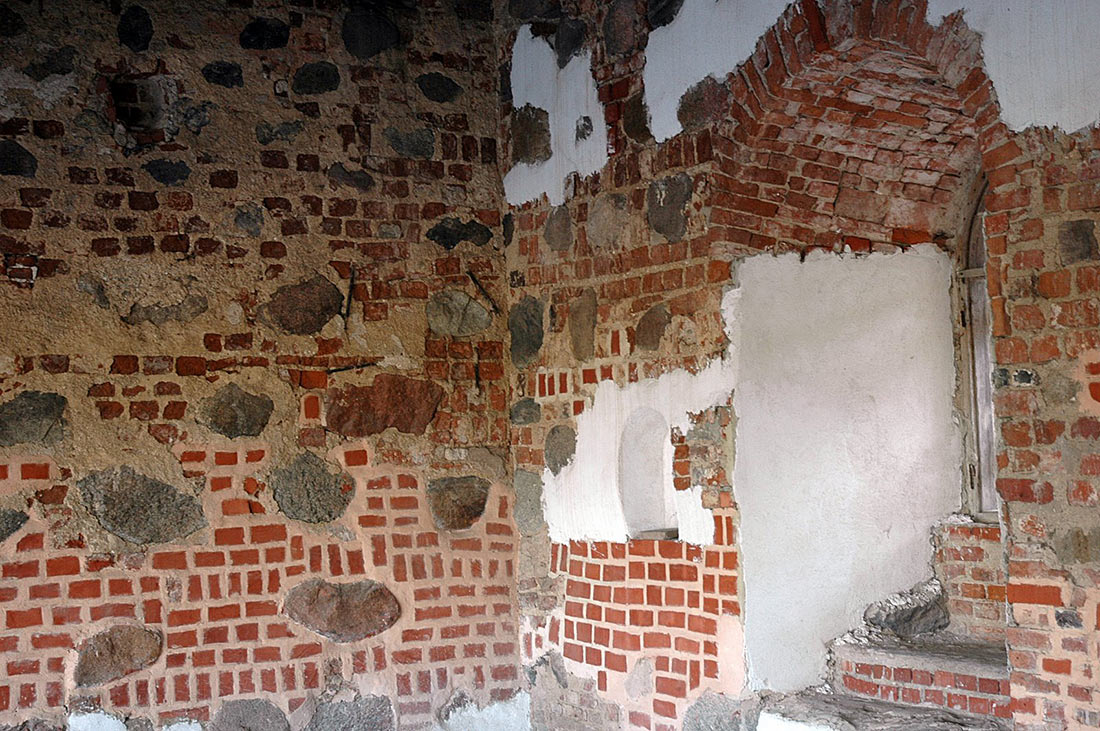
Photo: By denniss.mishchuk, via Wikimedia Commons (CC BY 3.0)
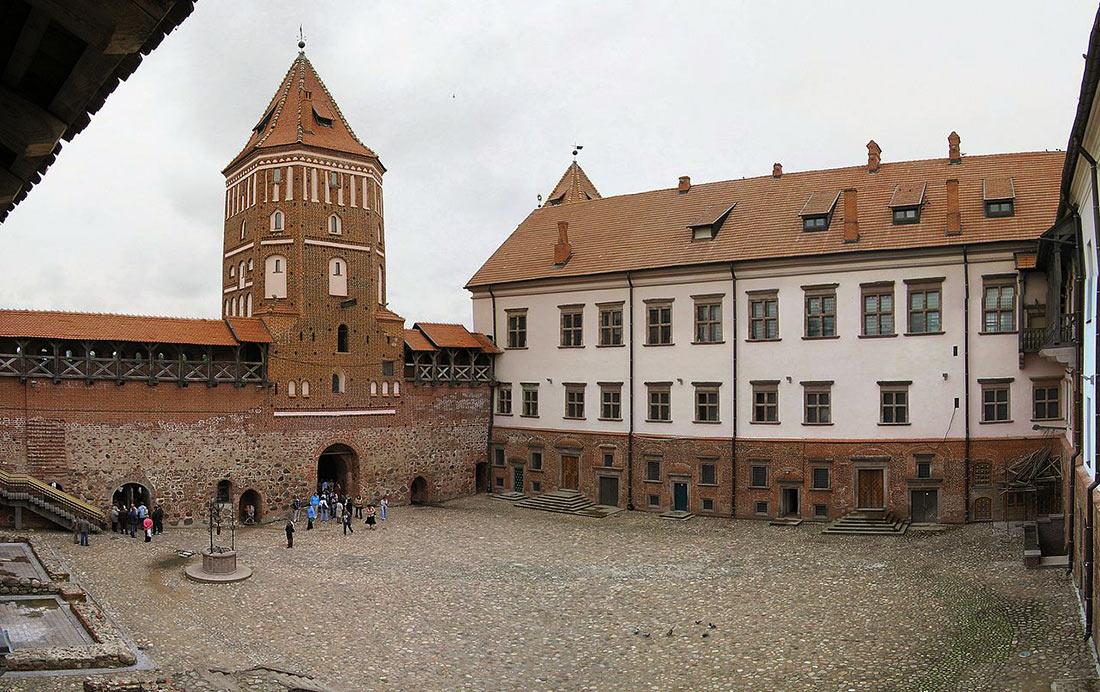
Photo: By AleBurd, from Wikimedia Commons (CC BY-SA 3.0)
In 1947 the castle was taken under state protection, and in 1983 the restoration work began. In 1987, the castle became a branch of the State Art Museum of Belarus, and in October 1992 the first opening of the museum exposition took place in one of the towers.
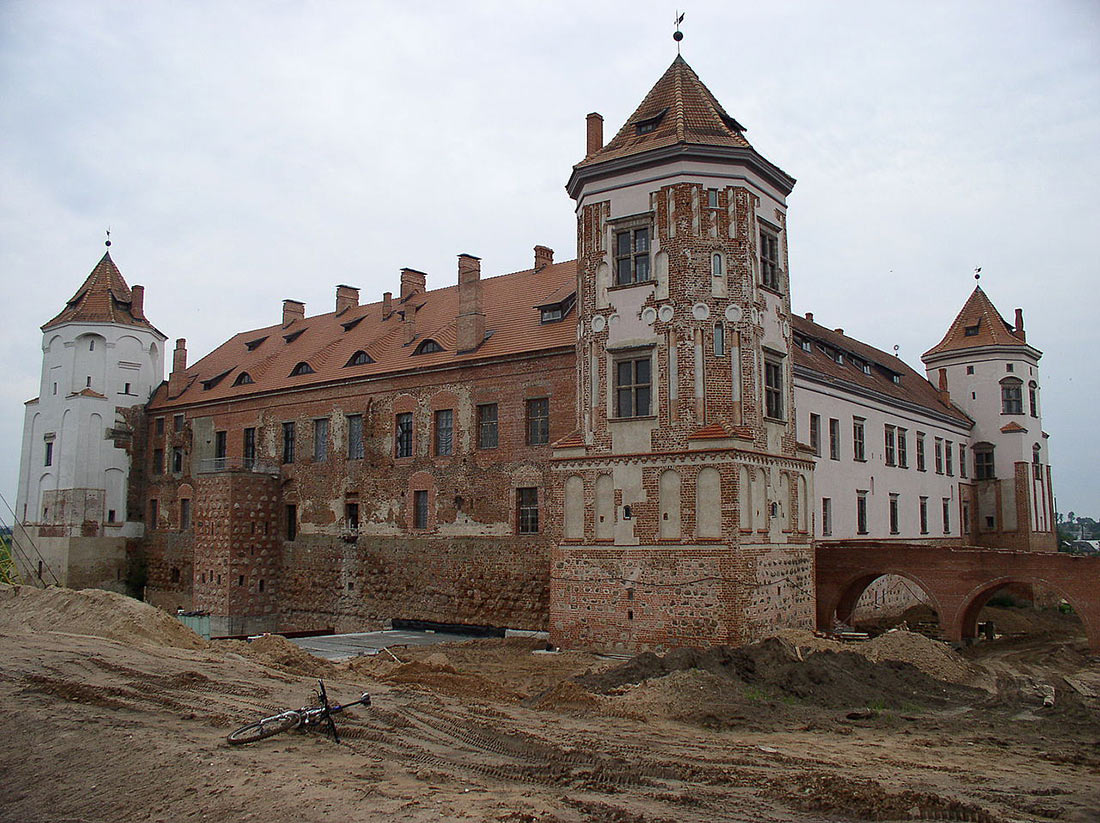
Photo: Alex Zelenko, via Wikimedia Commons (CC BY-SA 4.0)
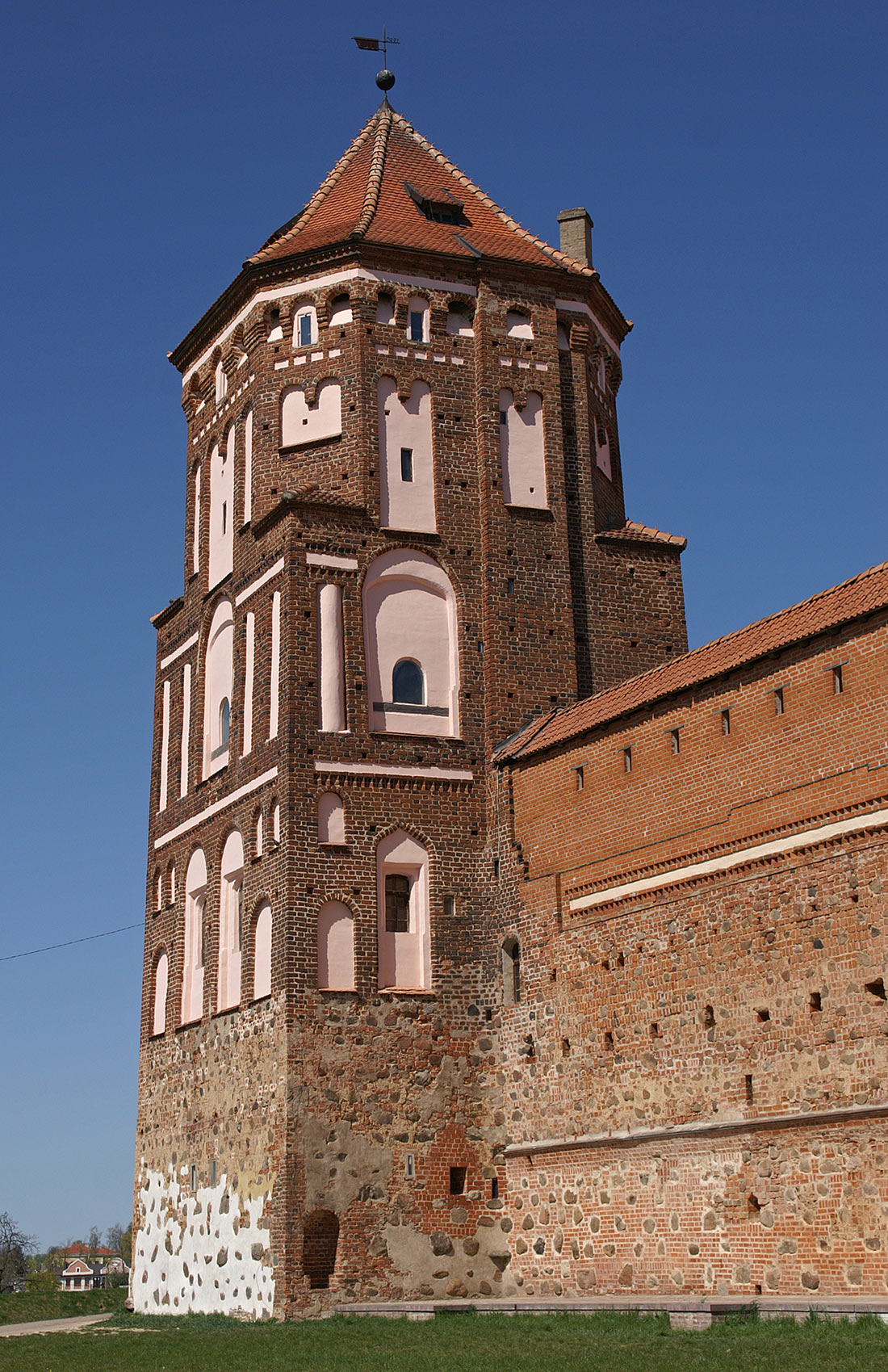
Photo: By Argon by, from Wikimedia Commons (CC BY-SA 3.0)
In 2000 Mir castle complex was included in the UNESCO World Heritage List. Since 2011 it is an independent museum. It has two conference rooms, a comfortable hotel, a restaurant and a souvenir shop.
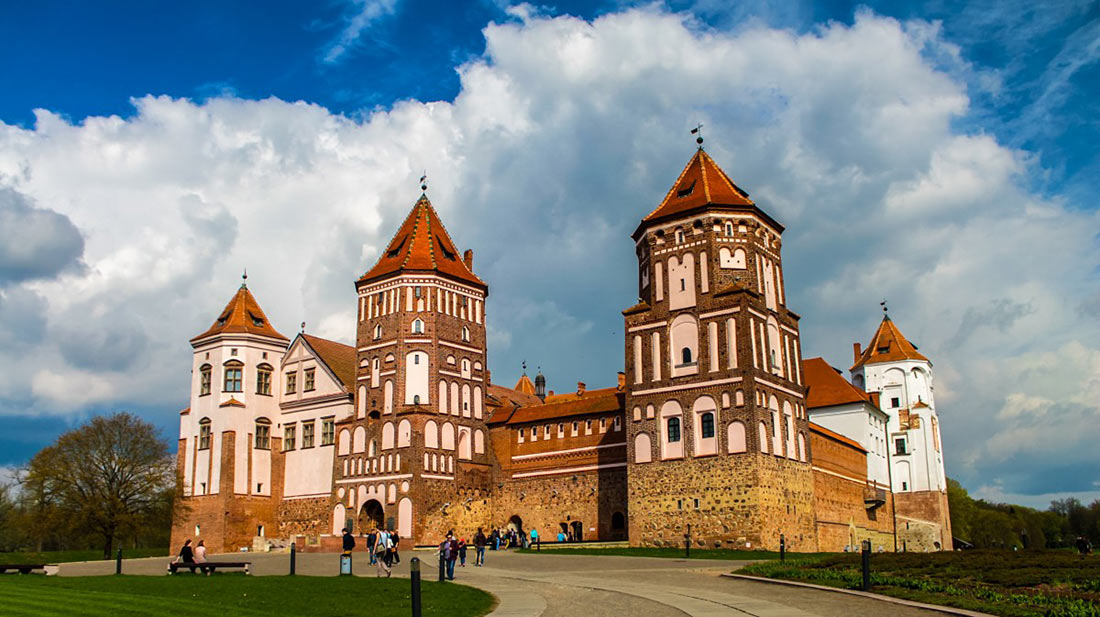
Photo: pxhere.com (CC0 Public Domain)
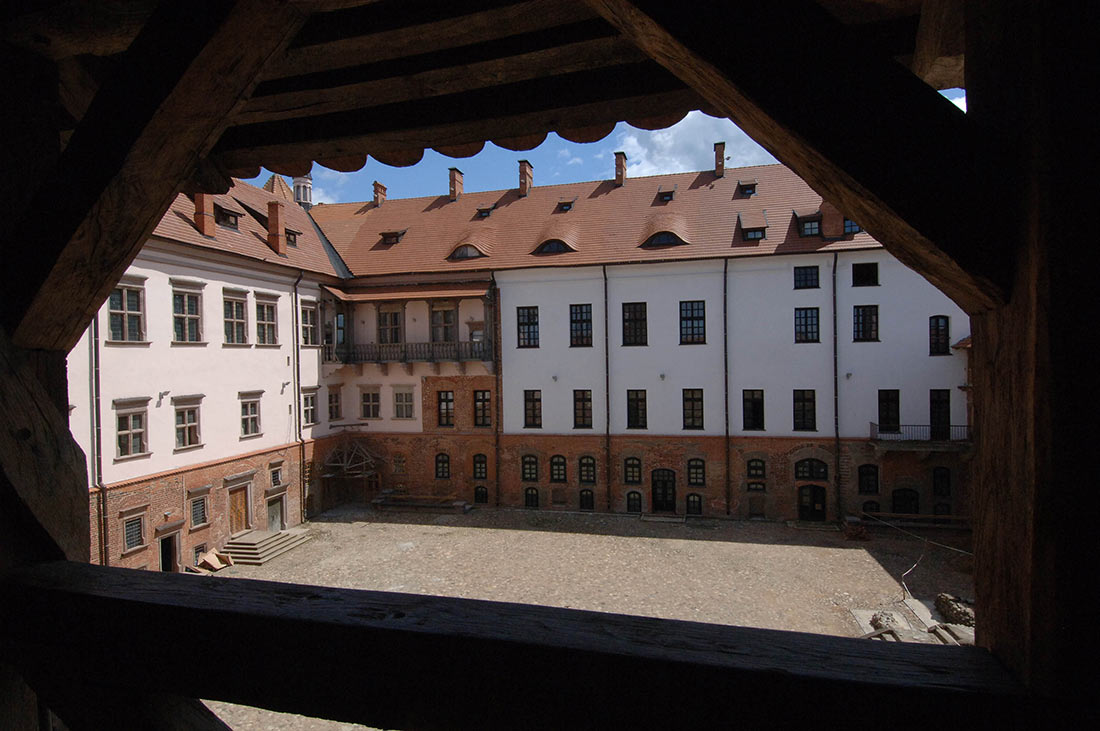
Photo: By JERRYE AND ROY KLOTZ MD, from Wikimedia Commons (CC BY-SA 3.0)
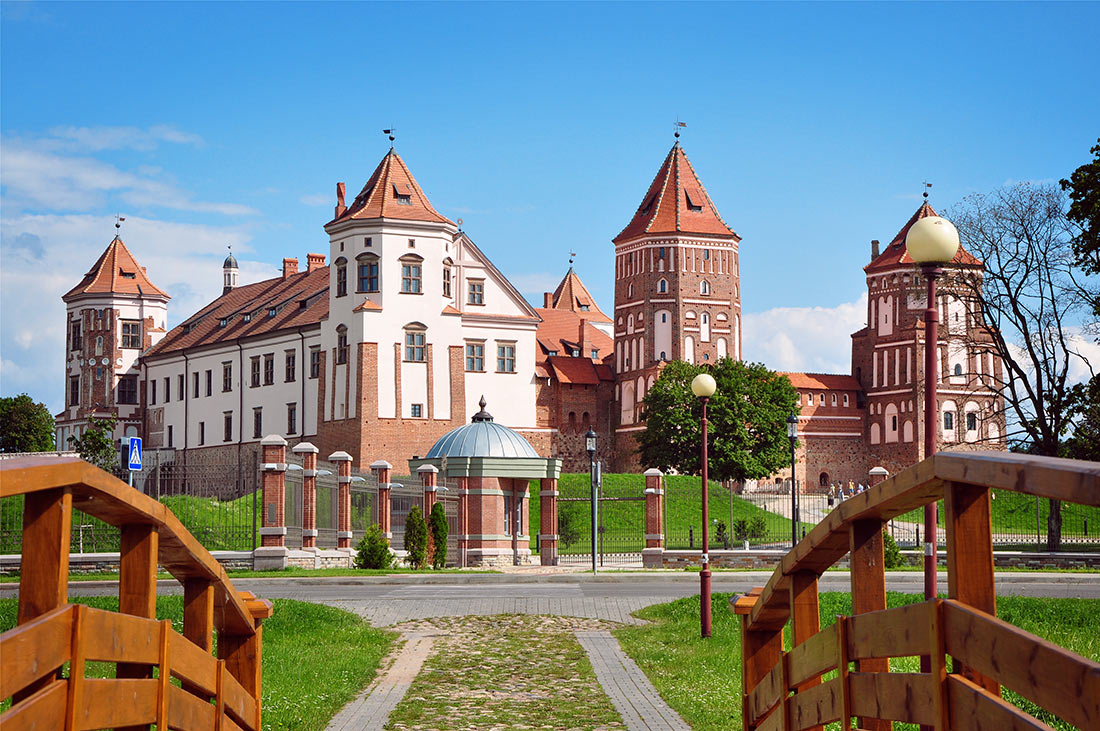
Photo: By Вадзім Новикаў, from Wikimedia Commons (CC BY-SA 3.0)
Knights festivals, concerts, theatrical performances, scientific conferences and other events are held here.






























